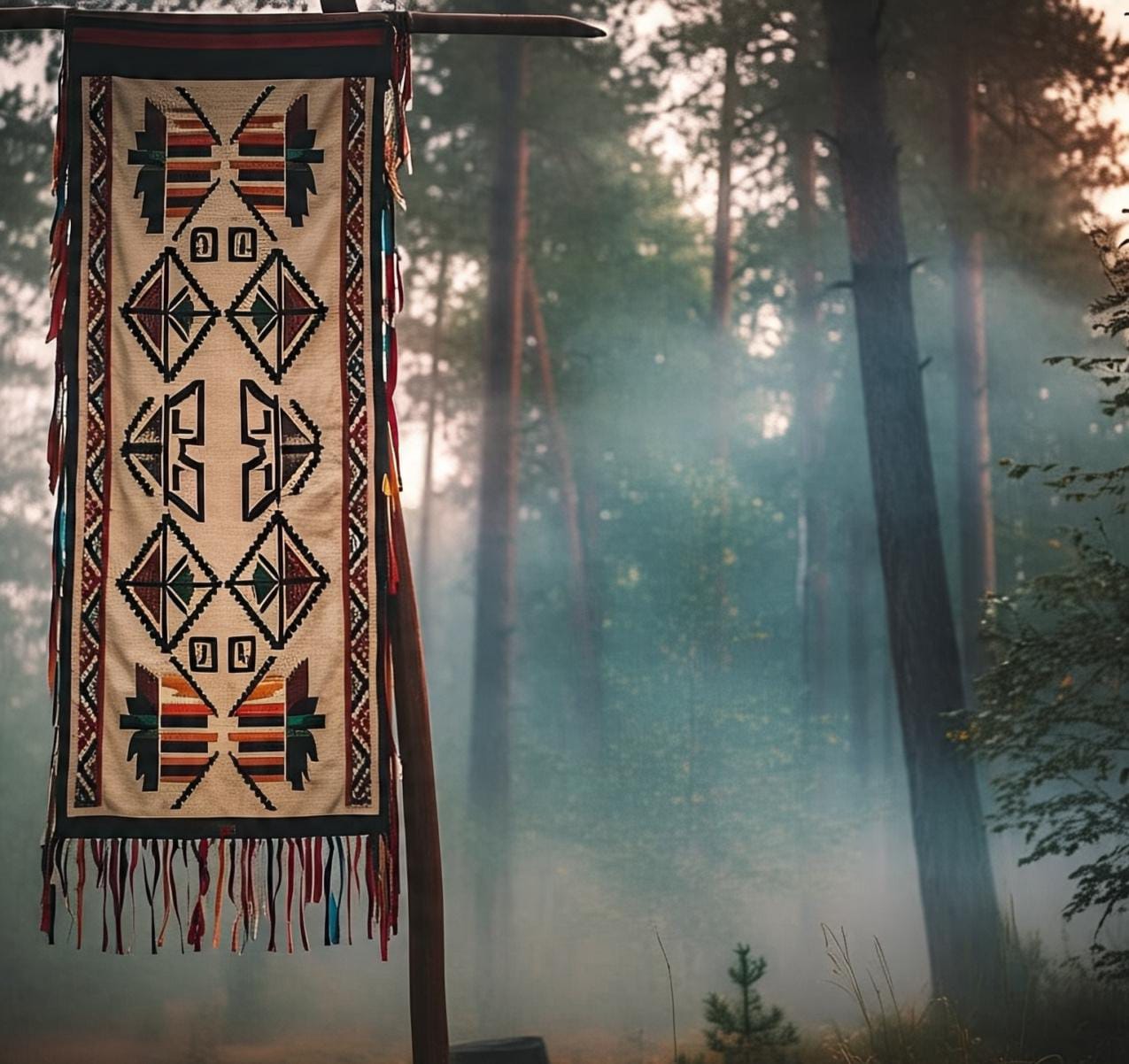The Forgotten Fifth Direction: A Sacred Path Beyond the Four Winds

For many people, directions are simple—we have North, South, East, and West. These four cardinal directions help us navigate the world, guiding us across land and sea. But in many Indigenous traditions, there is a fifth direction, one that is often forgotten in modern times. This sacred direction is not just a place on a map, but a deeper, spiritual path that connects people to the universe, the ancestors, and the self.
The Four Known Directions
Before we explore the forgotten fifth direction, let’s understand the importance of the four main directions in many Native American traditions. Different tribes have unique interpretations, but some common meanings include:
- North – The direction of wisdom, winter, and the elders who guide us.
- South – The direction of youth, warmth, and the energy of life.
- East – The direction of new beginnings, the rising sun, and enlightenment.
- West – The direction of endings, introspection, and the setting sun.
Many ceremonies and teachings revolve around these four directions, but there is something more—a hidden or forgotten fifth direction that completes the sacred circle of life.
What is the Fifth Direction?
Unlike the four traditional directions, the fifth direction is not about moving across the land. Instead, it represents the journey within and beyond. Different tribes interpret this direction in their own way, but the most common meanings include:
- Upward (Sky/Heaven) – Connecting with the Great Spirit, the universe, and the forces beyond the physical world.
- Downward (Earth/Underworld) – Honoring the land, ancestors, and the deep wisdom of the past.
- Inward (Spirit/Self) – The most personal journey, where a person looks inside themselves for understanding and harmony.
Some traditions recognize multiple versions of the fifth direction, considering both sky and earth as sacred paths, while others emphasize the inward journey as the true forgotten direction.
The Fifth Direction in Native American Cultures
Different Indigenous cultures have their own ways of honoring the fifth direction:
- The Lakota People – In the Lakota belief system, there are six sacred directions: North, South, East, West, Above (Sky), and Below (Earth). Together, these directions form a complete balance, with Above and Below representing a spiritual connection beyond the physical world.
- The Hopi People – The Hopi see the center as the most important place, the point of balance where all life originates. This is not a direction outward, but a journey inward to find harmony.
- The Mayans – In Mayan culture, the sacred tree, the Ceiba, stands at the center of the universe, connecting the heavens, earth, and the underworld. It represents the forgotten fifth direction, showing how all things are linked.
Why is the Fifth Direction Important?
In modern times, people often focus only on the physical world—where they are going, how fast they can get there, and what they will find when they arrive. The forgotten fifth direction reminds us to slow down and look beyond just North, South, East, and West. It encourages us to:
- Connect with the Universe – Looking up at the sky reminds us that we are part of something bigger than ourselves.
- Honor the Earth – Looking down reminds us to respect the land, water, and all living things.
- Understand Ourselves – Looking inward helps us find balance, peace, and wisdom within.
How Can We Find the Fifth Direction?
Finding the fifth direction is not about using a compass—it’s about opening your heart and mind. Here are a few ways to explore this sacred path:
- Spend Time in Nature – Walk barefoot on the earth, look at the stars, and feel the connection between yourself and the world around you.
- Practice Stillness – Meditate, reflect, and listen to your inner thoughts without distractions.
- Learn from the Elders – Many Indigenous traditions have teachings about the fifth direction. Listening to these stories can help you understand its importance.
- Honor the Circle of Life – The fifth direction teaches that all things are connected. Treat others, the land, and yourself with kindness and respect.
The forgotten fifth direction is more than a point on a map—it is a reminder of balance, connection, and spiritual wisdom. While North, South, East, and West help us navigate the physical world, the fifth direction guides us on a journey that goes beyond. Whether it is through the sky, the earth, or the depths of our own soul, the fifth direction reminds us to seek something greater than ourselves. So next time you stand in a quiet place, take a deep breath, and ask yourself: which way is your spirit leading